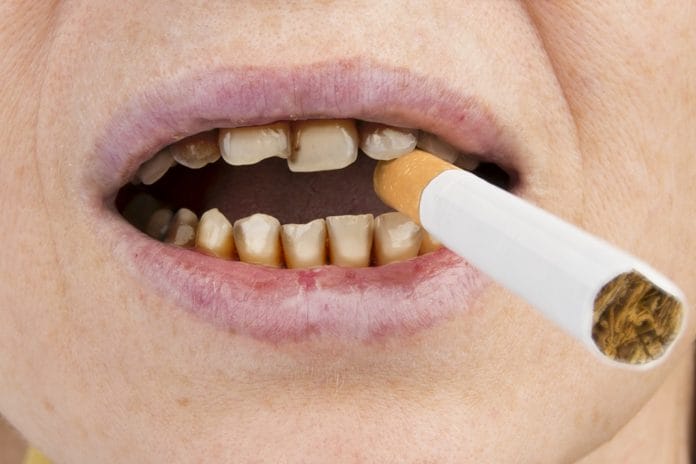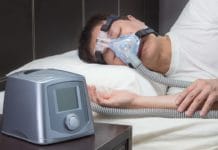Researchers at Case Western Reserve University School of Dental Medicine have unearthed evidence that smoking can prevent dental pulp from performing its core function of combatting different diseases. The study, titled “Comparison of IL-1β, TNF-α, hBD-2, and hBD-3 Expression in the Dental Pulp of Smokers Versus Nonsmokers,” was published in the Journal of Endodontics.
How Dental Pulp Helps Fight Bacteria
Dental pulp is located in the inner layer of the tooth underneath layers of enamel and dentin. Inside the dental pulp is an intricate collection of nerves, blood vessels, and other tissue that extends throughout the canals of the tooth.
Dental pulp acts as a biological defense mechanism because of its innate ability to sense temperature differences, pressure and pain. Its primary function is to create dentin and help blood flow through the tooth to keep it well-nourished and strong.
Dental pulp that is inflamed or decaying can cause pulpitis to develop. If left untreated, the dental pulp can die. This can cause bacteria to build up and lead to serious oral infections, which can spread to other parts of the body. While reversible pulpitis can be treated with dental restorations, irreversible pulpitis may require root canal therapy.
How Smoking Affects Dental Pulp
Previous research shows that smoking has a negative impact on a patient’s overall health and immune system. From heart disease to emphysema and gum disease, patients who smoke are vulnerable to more health issues than non-smoking patients.
Although there is considerable evidence and studies that take a closer look at how smoking impacts the outer portion of a patient’s teeth, the researchers at Case Western Reserve University School of Dental Medicine decided to study the endodontic effects of smoking and how it affected the dental pulp inside.
Anita Aminoshariae was the lead researcher in the study. Many other faculty and former students from the School of Dental Medicine contributed to the research, including Santos Ghosh, Thomas A. Montagnese, Caroline Ghattas Ayoub, Andre K. Mickel, Catherine Demko, Mohammed Bakkar and Tracey Bonfield.
Anita Aminoshariae decided to measure the expression of interleukin (IL)-1β, tumor necrosis factor (TNF)-α, human beta-defensin (hBD)-2 and hBD-3 from inside the dental pulp of both smokers and non-smokers. The researchers anticipated that the expressions or natural defenses would be weakened in patients who smoked but were curious to see exactly how much.
They examined 32 patients who smoked and 37 non-smokers. Both smokers and non-smokers had a mixture of symptomatic and asymptomatic irreversible pulpitis. For the cross-sectional study, the researchers collected dental pulp samples and measured the IL-1β and TNF-α levels. Next, they used an immunosorbent assay to look at the hBD-2 and hBD-3 levels of both groups.
After conducting various tests, the researchers discovered that instead of merely making the natural defenses inside dental pulp weaker, it stopped working period. However, they discovered that the changes were reversible since the expressions eventually started working again in patients who decided to stop smoking.
In Conclusion
Based on these findings, dental hygienists and dentists should warn their smoking patients about how cigarettes can significantly weaken or limit their body’s ability to fight against disease. When their natural biological defenses are not working properly, it can affect their health and interfere with their ability to heal.











